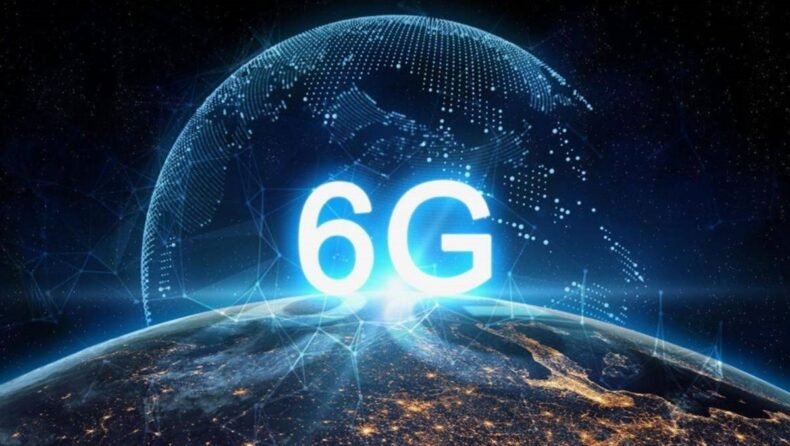- The birth of 6G technology wages wars among the nations and corporations to hold world dominance.
- 6G network in India leads to a partnership between Jio’s Estonia Arm and the University of Oulu.
It started first with Mobile radio telephone systems which were of a wireless type and existed before the modern cellular form of telephony technology. That was the age of 0G or zero generation.
Soon after, 1G, which refers to the first generation of wireless telephone technology, was launched. Hence, each successive generation of communication technology brought about significant changes in the network. And it continues to introduce new ones.
The Tech companies now are in a riveting competition to launch 6G technology And They dominate the metaverse. Several corporations and countries are taking the measured leadership to commercialize the technology around 2030.
China has already grabbed the world’s attention by sending twelve satellites into orbit with a single rocket, including the world’s first 6G experiment satellite. Huawei is a leading Chinese information and communications technology. It is already researching 6G technology and collaborates with other industry players.
The South Korean government is also in full-fledged preparation to work with 6G technology. Also, Samsung is envisioning to ‘hyper-connect’ people with this advancement.
In the US, big corporations like Apple, Google, Cisco, AT&T, Bell Canada, Facebook, Microsoft, and others have joined the ‘Next G Alliance’, Which was launched by the Alliance for Telecommunications Industry Solutions for the rapid commercialization of 6G.
The University of Oulu of Finland is playing a vital role in Europe. In 2019, the university’s 6G Flagship research program published the world’s first 6G white paper. Since then, the research program has published more than ten White Papers on the subject.
6G Technology in India
In India, a 6G Technology Innovation Group constitutes to help function the 6G technology ecosystem. It includes members from the government, academia, industry associations, and the Telecom Standards Development Society of India.
Also, Jio’s Estonia arm and the University of Oulu have signed an agreement to develop 6G technology. The university said that 5G and 6G would exist side by side and cover a massive range of consumer and enterprise use cases.
It will also aid the aerial and space communication departments, holographic beamforming, 3D-connected intelligence in cyber security, microelectronics, and photonics.
The first meeting was on November 25, the previous year, where TIG members discussed the need for technology in the future in different sectors of the economy. It was under India’s contribution to the global value chain.
In a webinar organized by the Financial Times and The Indian Express, Minister of Communication Ashwini Vaishnav said, “6G development has already started. That will be seen somewhere in the time frame 2024 or 2024-end.
That is the direction in which we are going. We will have designed in India telecom software for running networks, manufactured in India telecom equipment, served in India telecom networks which can go global.”
What is 6G Technology? Its relevance in the world
It stands for a sixth-generation standard in Telecommunications and is currently developing to function in cellular data networks. It is going to precede 5G and will be faster in speed.
The 6G network is also likely to support applications beyond current mobile scenarios. such as virtual and augmented reality ubiquitous instant communications. It is under speculation that it will bring together the human, physical and virtual environments.
Hence, machine learning and artificial intelligence will play an essential role in helping with the functioning of 6G technology.
According to Nokia Bell Labs, the notable aspect of 6G will be its ability to sense the environment, people, and objects. and thus will make the network more cognitive.
Therefore, it is a battle between the nations and the corporations to own maximum from the 6G technology in the global landscape.
Published By: Khushboo Mehta
Edited By: Subbuthai Padma













